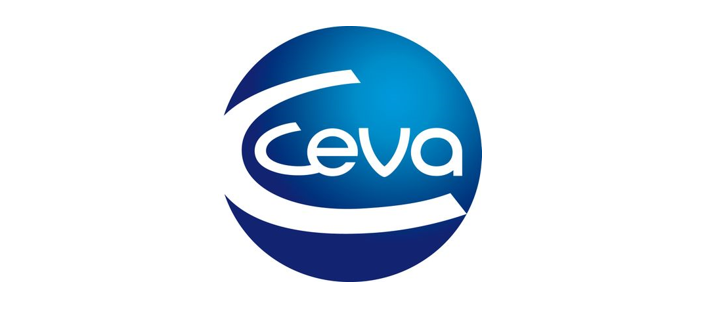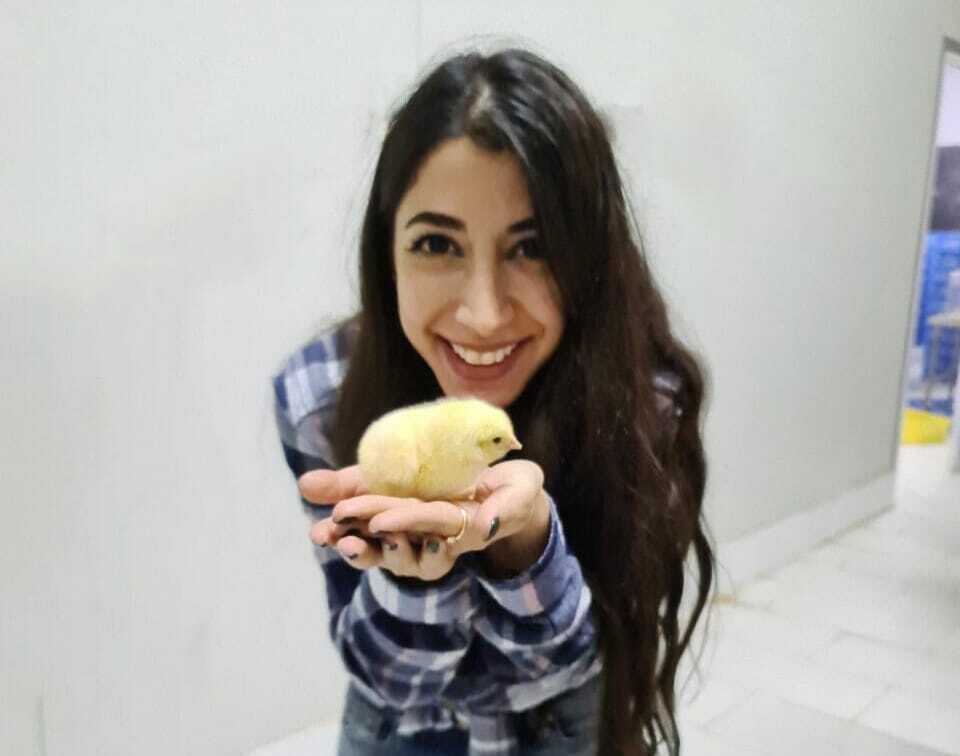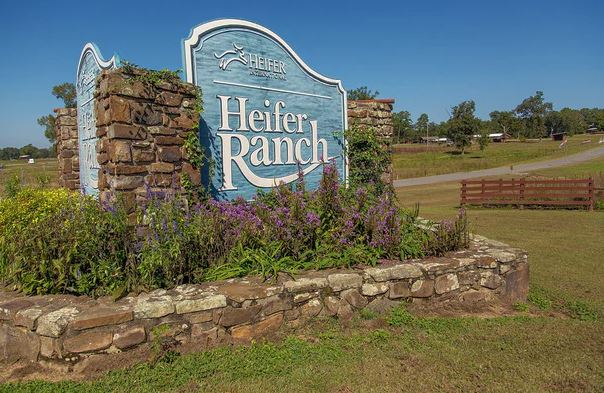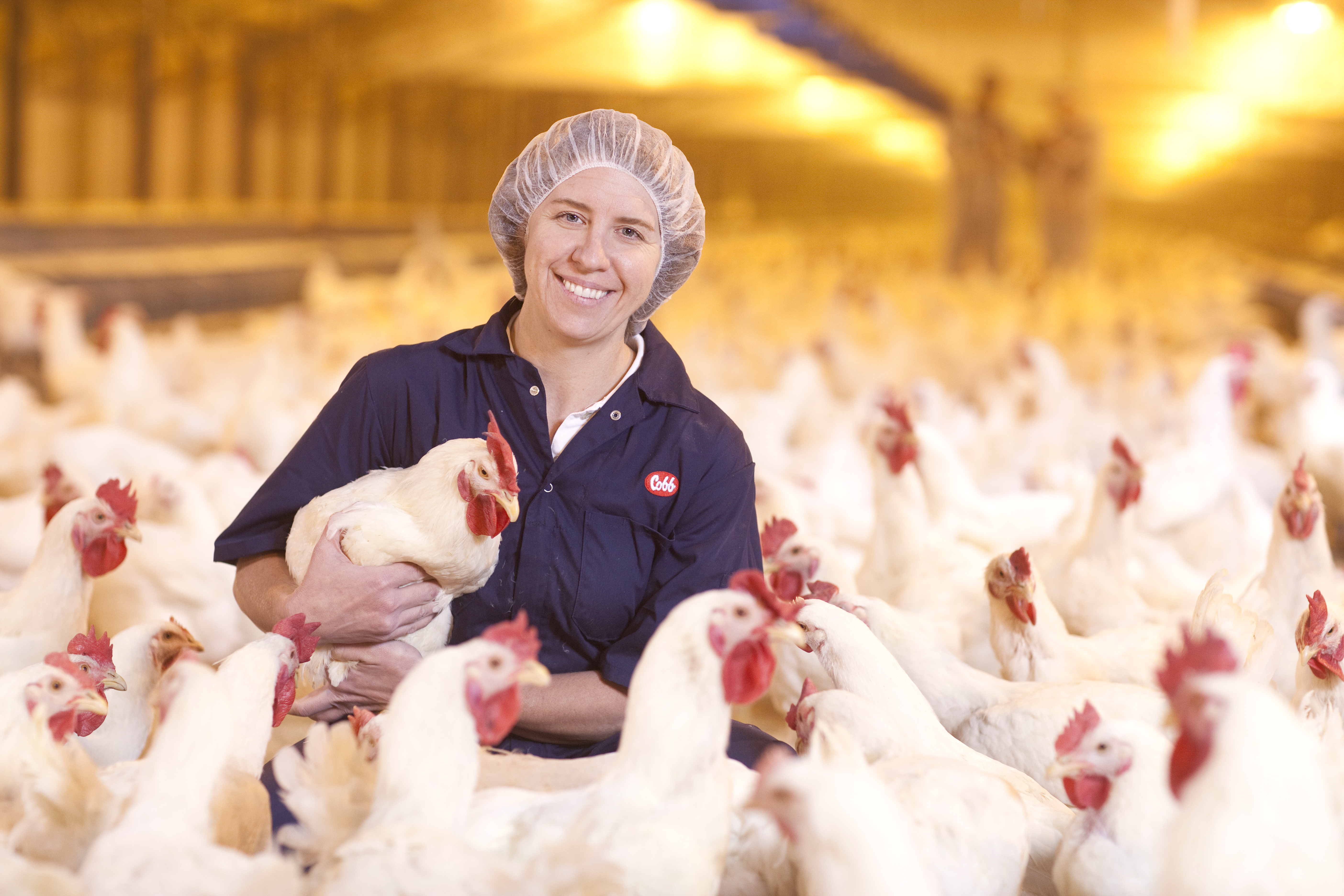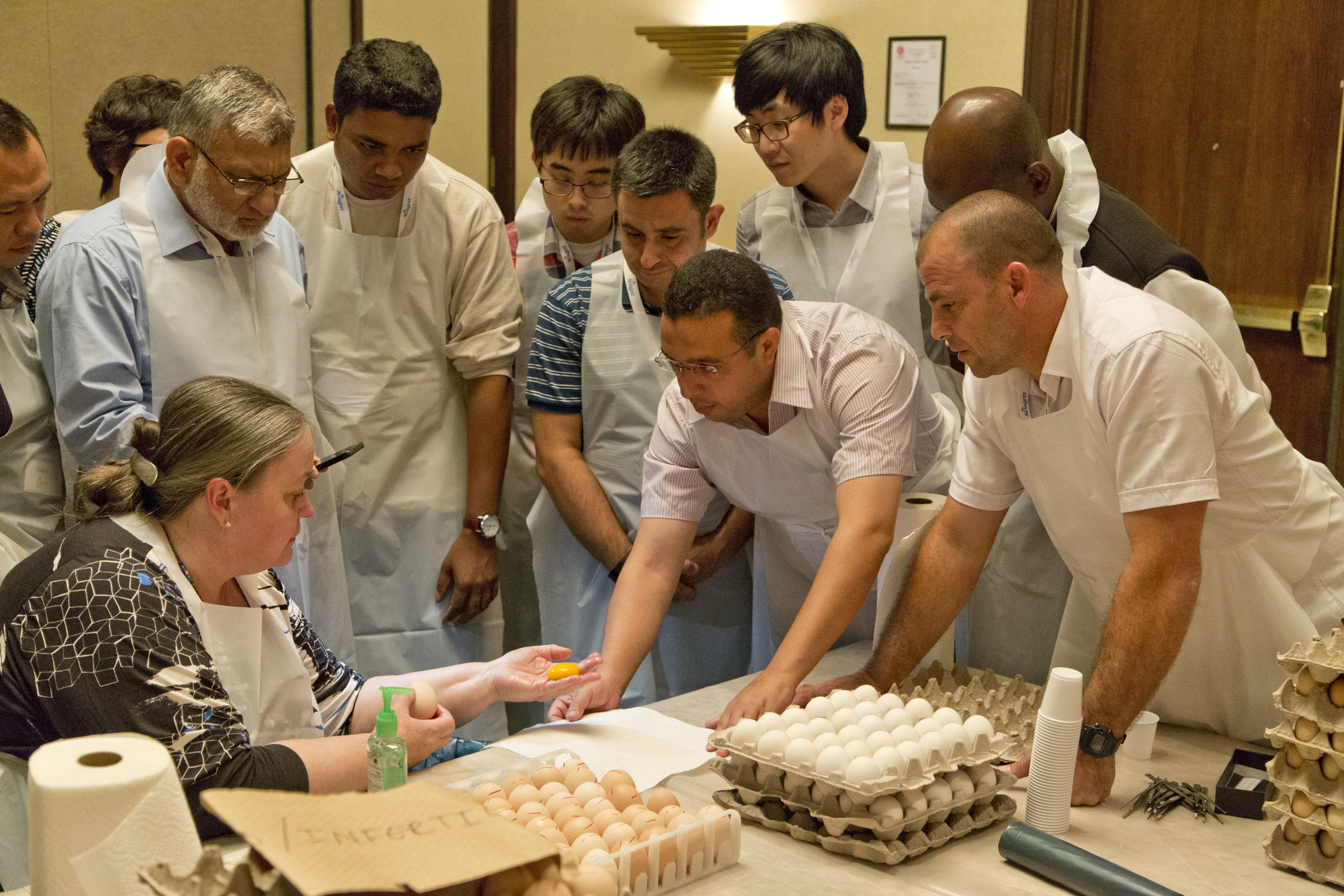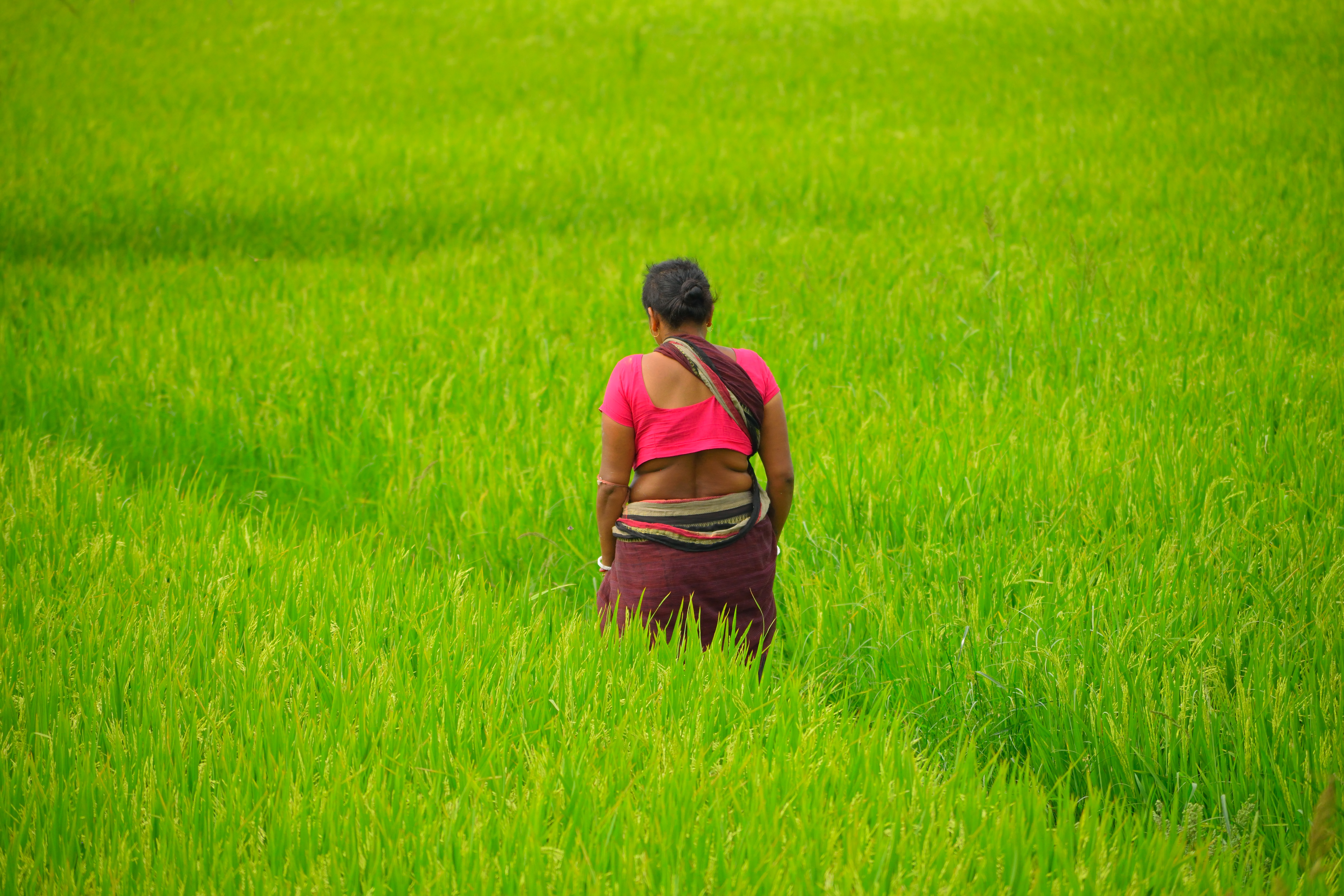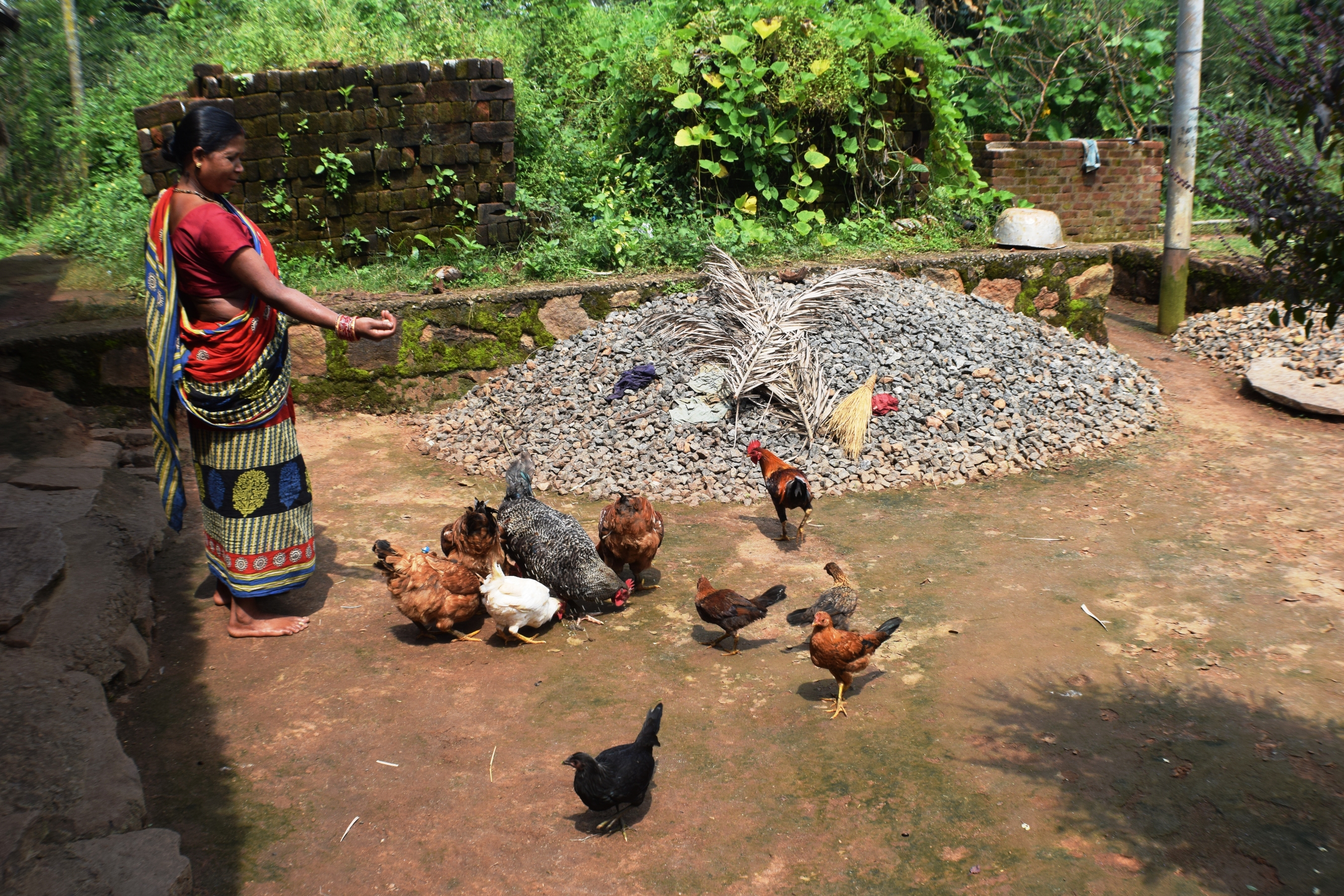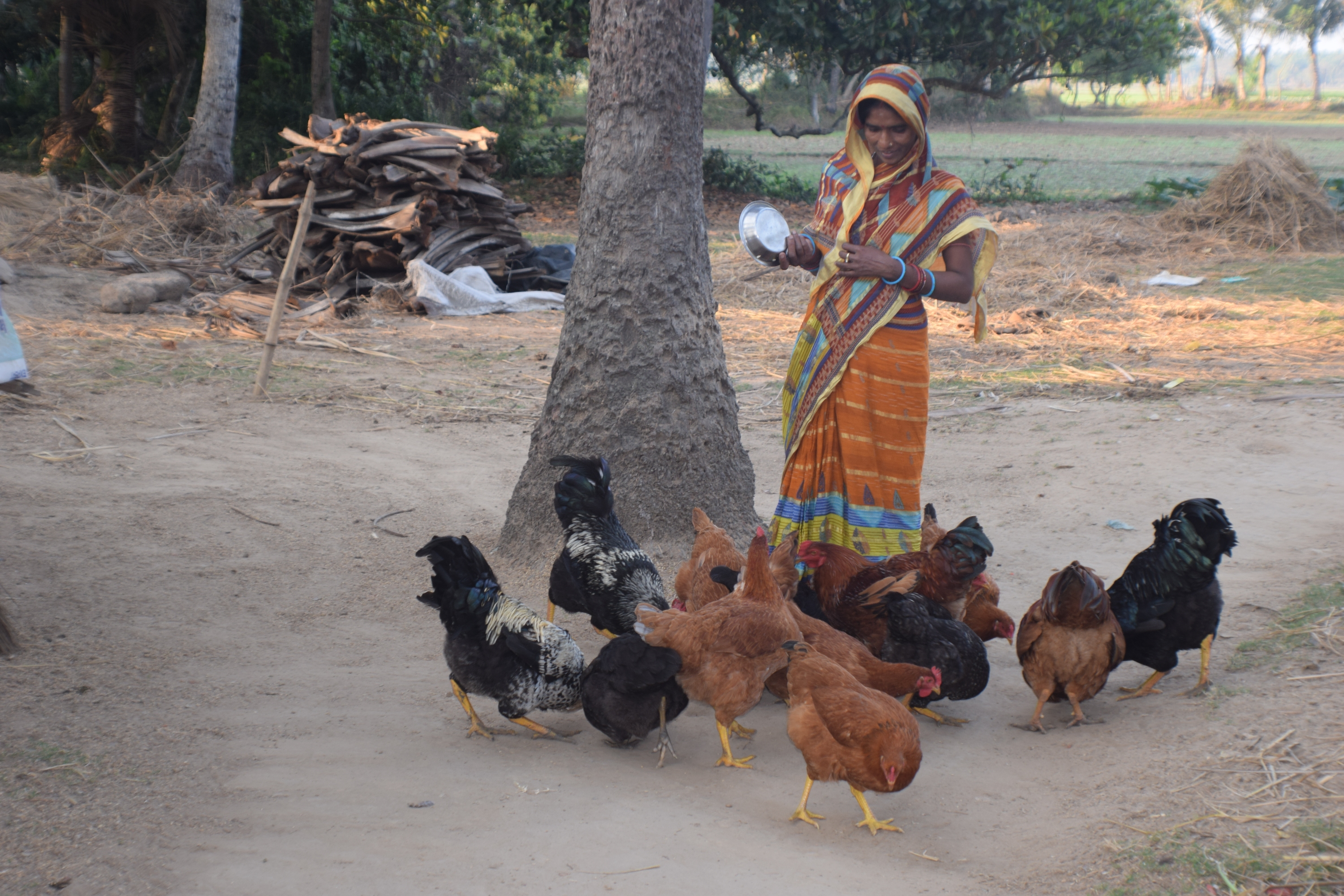



Women in Poultry: Gwenaelle Dauphin
Learn more about Gwenaelle Dauphin Director of the Scientific Support and Investigation Platform at CevaPlease introduce yourself and describe your current role and responsibilities
I graduated from a French veterinary faculty, specializing in animal production during my vet studies. Subsequently, I pursued a master's in microbial ecology and a PhD in virology, driven by my passion for science. For a decade, I contributed to bacteriology and virology research at the French animal health and food safety agency. Following this, I spent ten years with the Food and Agriculture Organization of the United Nations (FAO) in Italy, coordinating projects to enhance laboratory diagnostic capacities in developing countries and supporting the global OFFLU network (OIE/FAO network of expertise for animal influenzas).
Seven years ago, Ceva Animal Health presented an opportunity akin to my role at FAO, encompassing extensive scientific coordination and laboratory support. Currently, I lead the laboratory platform SSIU (Scientific Support and Investigation Units), which comprises four laboratories and a team of 48. Our platform delivers testing services to Veterinary Services teams operating in poultry and swine farms and conducts research on Ceva's swine and poultry vaccines. This research is pivotal in developing a nuanced understanding of our products, thereby optimizing their application and the advice we offer to clients. My role involves overseeing and coordinating the activities across these units, providing vision, and devising strategies to technically and scientifically bolster Ceva’s vaccines.
In addition to my responsibilities with the laboratory platform, I engage in avian and swine flu research. I also dedicate time to serving on the scientific committee of Ceva’s Wildlife Research Fund."
Describe a typical day in your current role?
My workday is a global journey, engaging with a diverse array of colleagues and partners worldwide, including Ceva personnel and external experts from veterinary institutes, universities, and diagnostic companies. My discussions span a broad spectrum of topics, from team management and leadership within the SSIU laboratory platform to technical and strategic deliberations concerning diagnostics and the scientific advancement of Ceva's vaccine products. Additionally, I oversee the coordination of scientific projects. My focus primarily lies with poultry vaccines, yet I transition to swine vaccine-related activities within the same day.
What’s unique about your role?
I lead a unique laboratory platform at Ceva, distinct from our competitors, who would typically integrate such functions into R&D. Our platform is designed to bring science and scientific tools directly to the customer, conduct independent vaccine performance trials, and maintain flexibility in trial execution outside of the standard vaccine development pipelines.
My diverse background, spanning the national and international public sectors and now the private sector, equips me to collaborate effectively across all three. I thrive on fostering cooperation among these sectors.
Additionally, my involvement in both swine and avian influenza research at Ceva is exceptional. For e.g. I chair the ESFLU (swineflu.eu), a 4-year EU-funded swine flu network with 160 members and coordinate a project for rapid RNA vaccine development against animal flu (BioFluARN), supported by France's 2030 strategy for emerging disease and pandemic prevention.
What are the main challenges that you face in your role?
The laboratory platform I oversee encompasses four laboratories strategically located across the globe: in the US (Kansas), China (Guangdong province), Hungary, and France. Each laboratory is an integral part of a Ceva campus, which includes R&D, vaccine production, marketing, sales, and veterinary services. The primary challenge I face is managing teams that are not only remote from me but also from each other. Coordinating a meeting with all SSIU members is a logistical challenge due to the vast geographical distances and time zone differences, which can impede the cultivation of a cohesive team spirit within our laboratory platform.
Another significant challenge is ensuring continuous innovation, particularly with laboratory tools, to adequately support our technical teams and customers. Selecting cutting-edge technology and the right biotechnology partners is both a challenge and an exhilarating journey.
It is imperative that reliable laboratory services are accessible wherever Ceva vaccines are sold, which spans almost every country. The world's vastness and diversity, along with the ever-evolving nature of pathogens, necessitate a broad and adaptable approach to laboratory services, whether they are located within the country of vaccine sale or abroad.
What does the future of poultry health look like in terms of preventing and treating disease?
Vaccine products and associated tools and services, including diagnostics, animal observations, and vaccination, are becoming increasingly sophisticated. Our collective knowledge on vaccine application in various contexts is constantly evolving. Diagnostic tools are growing more powerful and cost-effective, and we can now integrate these results with a wealth of meta-data and apply artificial intelligence. This will enhance our accuracy in understanding pathogen co-circulation, transmission, and persistence, both on farms and between them. Early disease detection, even before clinical signs appear, will likely become more feasible, improving prevention, control, and impact mitigation.
Despite these advancements, challenges like the global Avian flu panzootic still pose a significant threat to the poultry industry worldwide. The ecology of these viruses—multi-species, respiratory transmission, high excretion, wild bird reservoirs—human activities, high poultry densities and the interface between wild and domestic birds, are factors contributing to this vulnerability. Avian flu vaccination may become a necessity in many parts of the world to reduce disease pressure for the foreseeable future.
Are there individuals or organizations in poultry who you’ve found particularly inspirational?
I've experienced three distinct professional chapters, each within very different contexts. My career has not always been centered around poultry. During my tenure at the Food and Agriculture Organization, I encountered numerous experts from diverse backgrounds and countries. Many were inspirational, not only for their vast expertise and experience but also for their varied career paths, adaptability to different contexts, multilingual abilities, international living experiences, and profound humanist values. A notable achievement of a generation of vets worldwide was the eradication of Rinderpest, the only animal pathogen eradicated from our planet (declared in 2011), a culmination of 20 years of coordinated ruminant vaccination and surveillance.
Joining Ceva Animal Health marked another enriching human journey. The professionalism, accountability, passion, and work efficacy I've witnessed here are remarkable. Each individual contributes to the company's success through their unique role and skills, setting an example of efficiency I wish could be replicated across civil society.
Have you encountered any challenges as a woman in your field? If yes, how have you overcome them?
Like many women in this field, I've encountered challenges with self-affirmation in a professional environment historically dominated by men. I've often felt the need to prove my worth more than my male counterparts and have experienced instances where my contributions were overlooked. To address this, I find it helpful to engage in discussions with other women to share experiences and perspectives, and to raise awareness among male colleagues about behaviors that may inadvertently marginalize women. I'm encouraged by the progress being made towards a more inclusive world where women can freely showcase their talents and passion. On a personal note, I've been fortunate that my career opportunities have come to me organically, each new role being a logical progression and evolution from the previous one.
What outstanding challenge facing the poultry industry would you most like to solve?
The poultry industry is navigating the complexities of climate change, animal activism, and environmental impact concerns, similar to the swine industry. It faces scrutiny for its potential role in zoonotic diseases that could pose risks to humans. Adapting to societal demands and effectively communicating with the public is crucial, yet challenging due to polarized views between animal activists and those resistant to change who favor stable meat prices. The industry must maintain a clear stance on its role in global nutrition and its commitment to sustainable evolution. I take pride in my indirect contribution to disease prevention in the poultry sector, helping to avert losses and maintain quality, thereby reducing potential zoonotic risks.
What’s the most exciting innovation that you see on the horizon for the poultry industry?
I'm thrilled by the advancements in vaccine technology, which are leveraging breakthroughs across multiple scientific disciplines such as bioinformatics, sequencing, modeling, machine learning, and data digitalization. These innovations are converging to optimize the design of vaccine platforms, antigens, formulations, and production processes.
What would be your advice to young female vets entering the profession around poultry?
Do not be shy. Cultivate your expertise with dedication. Take pride in your achievements and work ethic. Foster collaboration and expand your network. Step out of your comfort zone to discover new opportunities. Pursue your passions with integrity and authenticity.
What’s your next challenge?
I am committed to remaining an active member of the scientific community focused on animal flu, collaborating with experts from both public and private sectors. My goal is to contribute to the fight against animal flu and to demonstrate the effectiveness of vaccines in reducing virus prevalence.







